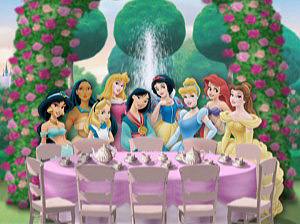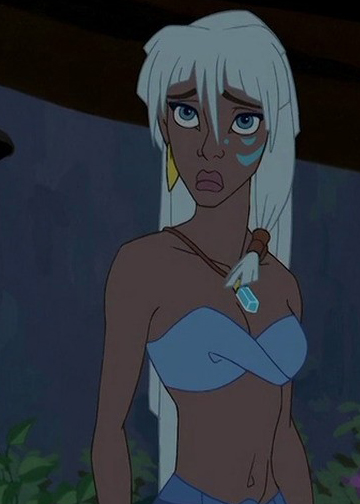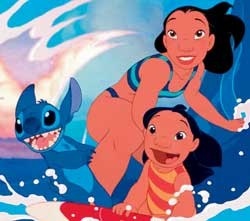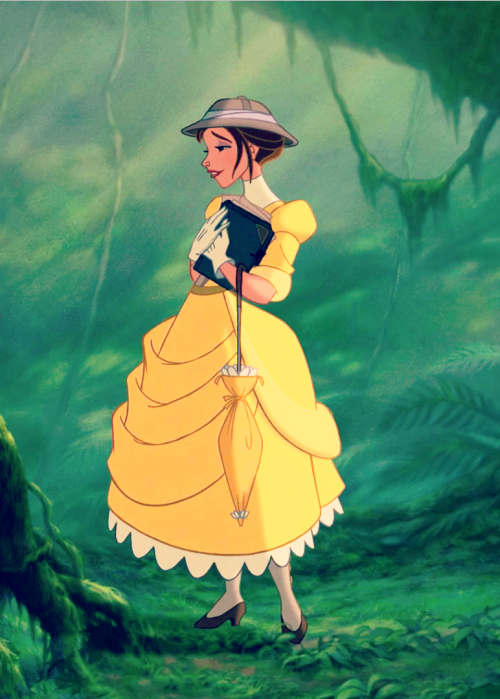Back in seventh grade, my English teacher had a three step method she liked us to follow for book reports.
1. Describe the book without giving the end away
2. Give it a star rating and
3. Say who you'd recommend this book to.
After sitting through a few hundred books reports, I learned to hate that last step.
"I'd recommend this book to people who like action because there's a lot of action in it."
"I'd recommend this to girls because it's got romance."
"I'd recommend this to mystery fans. Because it's a mystery."
"I'd recommend this book mostly to younger kids, since I forgot we had reports due until last night and just blazed through a Magic Tree House book."
Sometimes when I read through "serious" book reviews, I get the uncanny feeling that I'm back in Ms. Howard's seventh grade class.
"I'd recommend this book to younger readers, because it's a YA book."
"I'd recommend this to Harry Potter fans because it's fantasy."
"I'd recommend this to science fiction readers. Because it's science fiction."
This is fine if you're a twelve year old with better things to do than homework. This is fine if the only people who will ever hear your review are bored kids doing math worksheets under their desks while your lips flap. But from a semi-professional book review? I expect better.
The genre and age range should be apparent from your description of the book. There's no need to call out your audience like that. They know when they're invited. Also, just because someone belongs to a group, like an age bracket or a fandom, doesn't mean they'll like anything that fits under that umbrella. All teenagers don't want the same books. YA is a big, diverse category. A girl who likes sweet contemporary romances might not like gritty fantasy. The same goes for genres. I adore time travel novels. That's science fiction, but the scientific elements are often underplayed and there's an emphasis on the historical. I do like science-fiction-in-general, but I won't speed off to Barnes and Noble just because a reviewer thinks some biopunk book fits under the same umbrella.
It takes a certain level of experience to sift through good and bad reviews. But it certainly helps when they aren't written like seventh grade book reports.
"I'd recommend this to science fiction readers. Because it's science fiction."
This is fine if you're a twelve year old with better things to do than homework. This is fine if the only people who will ever hear your review are bored kids doing math worksheets under their desks while your lips flap. But from a semi-professional book review? I expect better.
The genre and age range should be apparent from your description of the book. There's no need to call out your audience like that. They know when they're invited. Also, just because someone belongs to a group, like an age bracket or a fandom, doesn't mean they'll like anything that fits under that umbrella. All teenagers don't want the same books. YA is a big, diverse category. A girl who likes sweet contemporary romances might not like gritty fantasy. The same goes for genres. I adore time travel novels. That's science fiction, but the scientific elements are often underplayed and there's an emphasis on the historical. I do like science-fiction-in-general, but I won't speed off to Barnes and Noble just because a reviewer thinks some biopunk book fits under the same umbrella.
It takes a certain level of experience to sift through good and bad reviews. But it certainly helps when they aren't written like seventh grade book reports.






